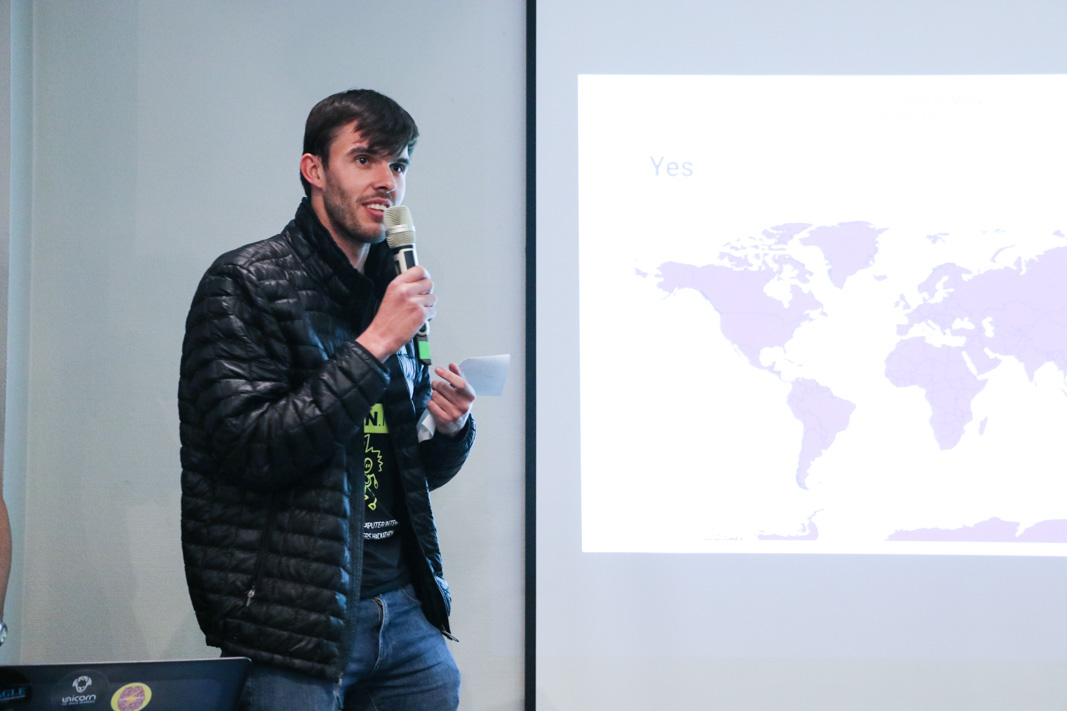Overview
I am a recent DPhil graduate in Statistics at Oxford University working at the cross-section of neuroscience, biology and data science, with interests in machine learning, networks analysis and brain-computer interaction. My research is in biological complex systems with a focus on controlling for and explaining sources of inhomogeneous noise in drug and protein networks, time series and neural data using both supervised and unsupervised methods.
My current work at University College London, Wellcome Centre for Neuroimaging is focused on delivering web-based tools for the detection and treatment of epilepsy using modelling and simulation approaches. These approaches rely on Bayesian estimation of Dynamic Causal Models of patient EEG data to inform seizure localisation and treatment. I work closely with medical specialists to deliver medically useful computational tools.
Interests
I have a wide range of interests across topics in science and philosophy including questions of consciousness, the hard problem of consciousness, epistomology and ethics. I want to create real change that improves the lives of people through discovery of how the mind and body work. In my academic life, I have sought to obtain a wide range of skills in artificial intelligence, statistics and biological sciences, with degrees in bioinformatics, neuroinformatics, and machine learning.
I have pursued projects in designing assistive technologies, winning (as part of team Unibrowser) the Brain Designers Prize at the IEEE Systems, Man and Cybernetics Conference at the (BCI Designers Hackathon) in Bari in 2019, organised by g.tec neurotechnology. Unibrowser is a User Interface (UI) navigation tool, designed to help users with a limited range of motion, to navigate complex UI systems more easily, through a series of dynamically selected, simple to answer questions.
 Unibrowser final presentation at the Brain-Computer Interface Designers Hackathon in Bari
Unibrowser final presentation at the Brain-Computer Interface Designers Hackathon in Bari
I completed an internship at Neuroelectrics, a neuromodulation based engineering and research company interested in developing transcranial Electrical Stimulation (tES) based approaches to tackling a range of neurological diseases including epilepsy and Alzheimer’s disease as well as Disorders of Consciousness (DOCs). I contributed to various areas of ongoing research including neuronal mass modelling, anatomical reconstruction of neurons and white matter tracts and unsupervised learning and analysis of pathological stereo EEG (sEEG) recordings. Neuroelectrics’ flagship tES tool, Stimweaver, provides an intelligent ways to develop stimulation montages that target specific brain areas, which they plan to utilise to enhance neurofunctionality and fight disease.
An early version of the laminar NMM, presented by Roser Sanchez-Todo at Neuroelectrics
In my spare time I am also interested in finding a way to translate between different neuroimaging modalities, namely from cortical Electroencephologram (EEG) to cortical (and possibly subcortical) functional Magnetic Resonance Imaging (fMRI). I believe new developments in this area could be of great use during surgery where high frequency, but low spatial resolution EEG monitoring is easy but more complex mapping of regional activity is difficult. Many current studies show limited amounts of translatability between these modalties, which I hope can be improved upon with new data and machine learning techniques.
